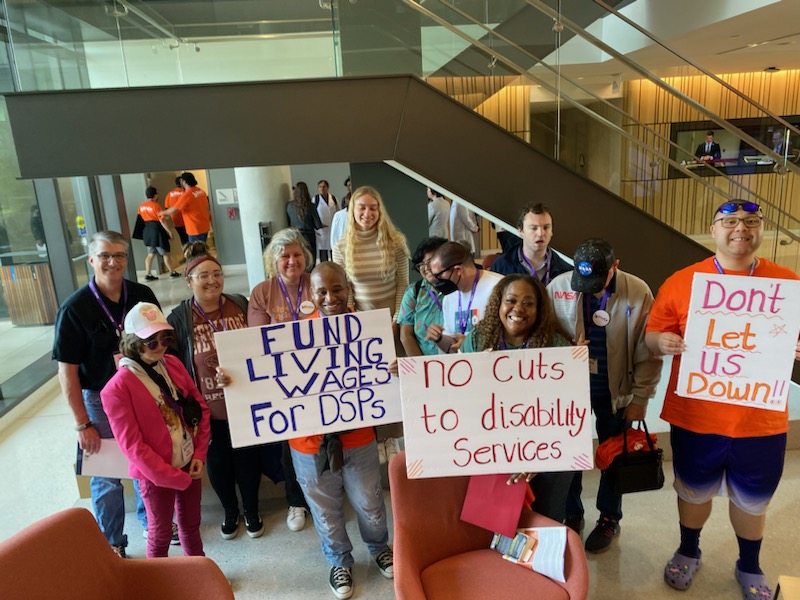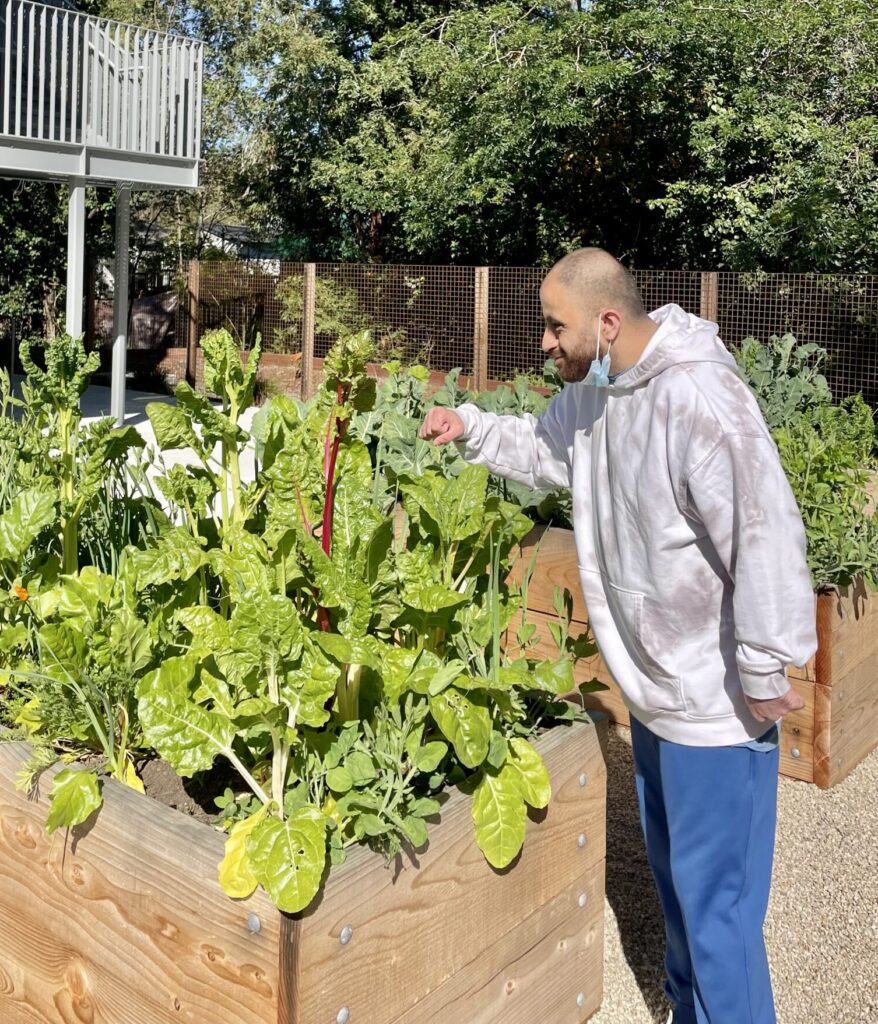The room is quiet except for the soft, steady click of a pill organizer. A mom double-checks Tuesday’s meds, sets a reminder for speech therapy, and texts a ride-share code to her dad’s volunteer driver. She isn’t a superhero. She’s a caregiver—doing a full‑time job on “nights and weekends.” At Las Trampas, we see her every day: the person who makes a thousand invisible decisions so a loved one with a developmental disability can learn, work, and live with dignity. As our new video puts it, caregivers are the heartbeat of our community—and this year, we’re asking everyone to plug in.
🔌 Connection isn’t a luxury. It’s the plan.
There’s a reason the 2025 National Family Caregivers Month theme is “Plug‑In to Care.” Caregiver Action Network made connection the headline because the right tools, networks, and learning moments turn overwhelm into a workable plan. In plain English: you shouldn’t need a PhD or a lucky break to find reliable help. The national campaign is focused on helping caregivers plug into support tools, trusted networks, and educational resources—exactly what we invest in at Las Trampas. (caregiveraction.org)
📈 The numbers behind the love (and the workload)
Let’s get specific. More than one in five U.S. adults—about 53 million people—provide unpaid care to a family member or friend. Many are caring for adults with disabilities, chronic conditions, or age‑related needs. That’s not a niche; that’s a national operating system running in the background of the economy. (aarp.org)
Time is the other currency. Caregivers report spending an average of about 24 hours each week on care, and a sizable share are clocking 40+ hours—functionally a second job without the paycheck. It’s no surprise that coordinating care is getting harder and caregivers’ own health is slipping. (press.aarp.org)
And yes, the dollars add up. Family caregivers’ unpaid labor was valued at roughly $600 billion in 2021—more than total out‑of‑pocket health spending that year. That’s the value of love and logistics, quantified. (press.aarp.org)
🧰 When caregivers plug in, chaos becomes a care plan
It’s workshops that decode services without the alphabet soup. It’s support groups where no one needs a primer to understand the day you just had. It’s a staff that is here to connect caregivers with the resources they need—because no one should have to navigate this journey alone. Those connections don’t just feel good; they save time, reduce errors, and keep families stable.
Nationally, this connection focus is showing up in real offerings—like caregiver webinar series on finding trustworthy resources, building caregiver‑friendly workplaces, and strengthening community ties. Pair that with local, disability‑informed coaching, and you’ve got a system that actually works for real families in places like Lafayette. (caregiveraction.org)
🕰️ The invisible math: time, cash, and tough choices
Here’s the part funders and employers can’t ignore. The typical caregiver spends about $7,242 out of pocket each year—often more than a quarter of their income. Housing costs (think rent contributions or accessibility modifications) make up over half, while medical expenses and supplies chew through the rest. Veteran and military caregivers spend even more—averaging $11,500 annually. If you’re designing benefits, grants, or donor strategies, build for those realities. (aarp.org)
Caregivers are also workers—most hold a job while caregiving—and many are caring for more than one person. When the system assumes “someone at home will figure it out,” that “someone” is usually skipping shifts, burning PTO, or saying no to promotions. That’s not resilience; that’s a policy gap you can fix. (aarp.org)
🧠 Stamina is a strategy, not a perk
Caregiving isn’t just logistics; it’s stamina. In national studies, more caregivers report their own health getting worse, not better. That’s the cost of running on adrenaline and guilt. The antidote isn’t a motivational poster; it’s accessible education, peer support, and respite that’s easy to claim. Our video’s core promise—you are not alone—isn’t word art; it’s a service design principle. (aarp.org)
Caregivers are not a side audience; they’re a core market and the backbone of community care. If you’re a caregiver, connect with us. If you’re a partner, help us expand the on‑ramps. And if you’re a decision‑maker, design for the people doing the real work—because when caregivers are supported, everyone moves forward.

